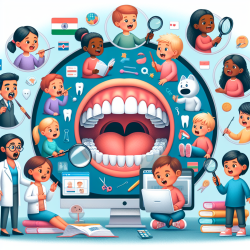Introduction
In recent years, the number of transgender, nonbinary, and gender-diverse (TGD) children seeking support has significantly increased. This demographic shift calls for evidence-based approaches to ensure the best outcomes for these children. The Childhood Gender Diversity and Mental Health: Protocol for the Longitudinal, Observational Gender Journey Project offers critical insights into the developmental trajectories of TGD children. This blog aims to help practitioners implement these findings to enhance their practice.
Understanding the Study
The Gender Journey Project is a longitudinal study funded by the National Institutes of Health, focusing on a cohort of 248 prepubertal TGD children and their caregivers. The study's primary objective is to provide empirical data on gender identity development, gender dysphoria, and mental health outcomes over time. By collecting data at six-month intervals, the study aims to identify patterns and subgroups within the TGD population.
Key Findings and Implications
One of the study's significant findings is the role of social gender transition in moderating mental health outcomes. The data suggest that children who undergo a social gender transition, supported by their families, show age-normative levels of depression and anxiety. This finding underscores the importance of family support and social affirmation in the mental health of TGD children.
Practitioners can use these insights to advocate for supportive environments both at home and in educational settings. Encouraging open communication and providing resources for families can significantly impact the well-being of TGD children.
Encouraging Further Research
While the Gender Journey Project provides a robust framework, it also highlights the need for continued research. Practitioners are encouraged to engage with ongoing studies and contribute to the growing body of knowledge on TGD children. This involvement can take many forms, from participating in research to implementing evidence-based practices in clinical settings.
Conclusion
The Gender Journey Project offers valuable insights into the developmental trajectories of TGD children. By integrating these findings into practice, practitioners can better support the mental health and well-being of gender-diverse children. For those interested in delving deeper into the study, the original research paper can be accessed here.










